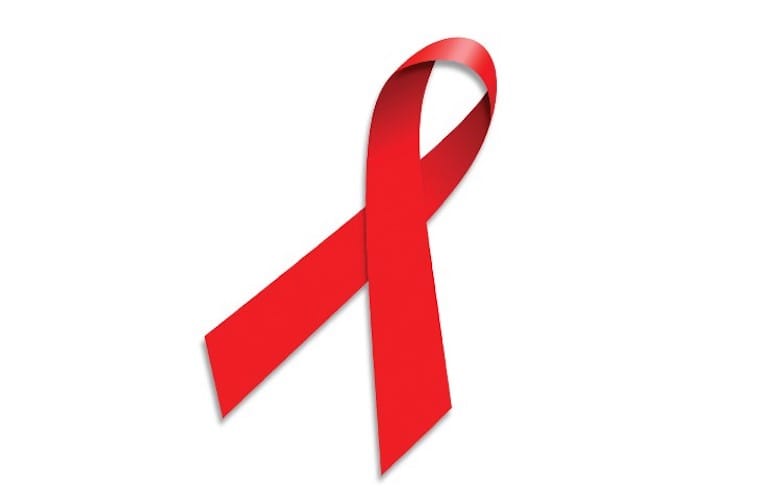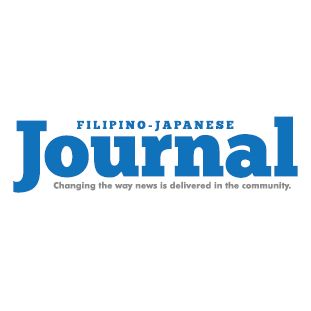By Florenda Corpuz
TOKYO/MANILA – The Philippines is experiencing the fastest-growing HIV epidemic in the Asia-Pacific region, with daily diagnoses reaching at least 57 new cases so far this year, according to UNAIDS and the World Health Organization (WHO).
The number of new HIV infections in the country surged by 550%, from 4,400 in 2010 to 29,600 in 2024. An estimated 252,800 Filipinos are now living with HIV, highlighting what health officials describe as a critical public health emergency.
“This massive growth among young people under 25 is where the bulk of new infections are occurring, not just in the Philippines but across Asia-Pacific,” said Eamonn Murphy, UNAIDS Regional Director, during a press conference at the Foreign Correspondents’ Club of Japan on June 12. “Every two minutes, a new person in Asia-Pacific is infected. And this is something that we should be able to prevent.”
Despite global goals adopted in 2021 under the UNAIDS 95–95–95 targets, which aim by 2030 for 95% of people with HIV to know their status, 95% of those diagnosed to receive antiretroviral therapy (ART), and 95% on treatment to achieve viral suppression, the Philippines continues to fall short. As of March 2025, only 55% of Filipinos living with HIV had been diagnosed, 66% of those diagnosed were on ART, and just 40% of those on treatment had their viral load under control.
Particularly concerning, officials said, is that one-third of newly diagnosed cases in early 2025 were among young people aged 15 to 24, who will require lifelong treatment.
“The numbers paint a stark picture that demands our immediate attention and coordinated action across all levels of government and society,” said Dr. Louie Ocampo, Country Director for UNAIDS. “We cannot afford to treat HIV as a health sector issue alone. It requires a whole-of-government, whole-of-society response.”
Murphy noted that the epidemic is increasingly affecting younger populations. “In countries like the Philippines, the epidemic is shifting to younger generations, especially young men who have sex with men,” he said.
Prevention efforts remain critically underfunded, accounting for just 6%, about ₱211 million, of the ₱3.6 billion spent on HIV programs in 2023. UNAIDS and WHO said this gap has worsened with recent pauses in U.S. funding, which have delayed key prevention and community outreach activities.
In response, UNAIDS, WHO, and the Philippine Department of Health are urging President Ferdinand “Bongbong” Marcos Jr. to immediately sign an Executive Order declaring HIV an urgent public health concern. Officials say this would enable stronger collaboration between government agencies, private companies, and communities, boost public education, secure funding, and improve access to essential HIV-related supplies.
“This Executive Order lays the groundwork for stronger multi-sectoral engagement, increased resource mobilization, and firm political will, essential factors in helping reverse the trajectory of rising HIV cases,” said Dr. Eunyoung Ko, Officer-in-Charge of WHO Philippines.
Community groups are also essential for effective prevention, as they are trusted by those most at risk. UNAIDS and WHO called on the government to enhance support for these groups through increased funding.
“We have observed a continued rise in HIV cases, even as early as last year. That’s why we support Secretary [Teodoro] Herbosa’s call, as the Department of Health has been actively engaging with and supporting our communities,” said Ferdi Granil, Chairman of the Board of Trustees at Positive Action Foundation Philippines, Inc.
Murphy emphasized the importance of unlocking resources and improving sustainability. “This is where Japan’s interest in universal health coverage can help bring together countries in the region and support the Philippines in addressing the growing epidemic,” he said.


